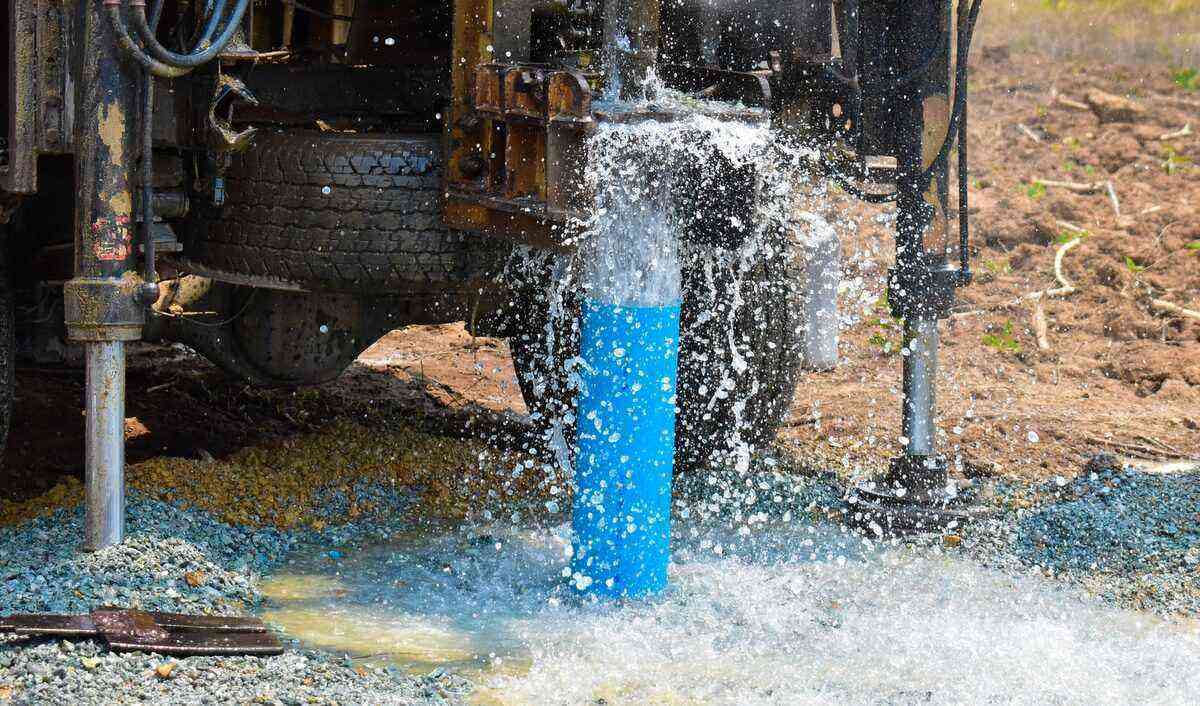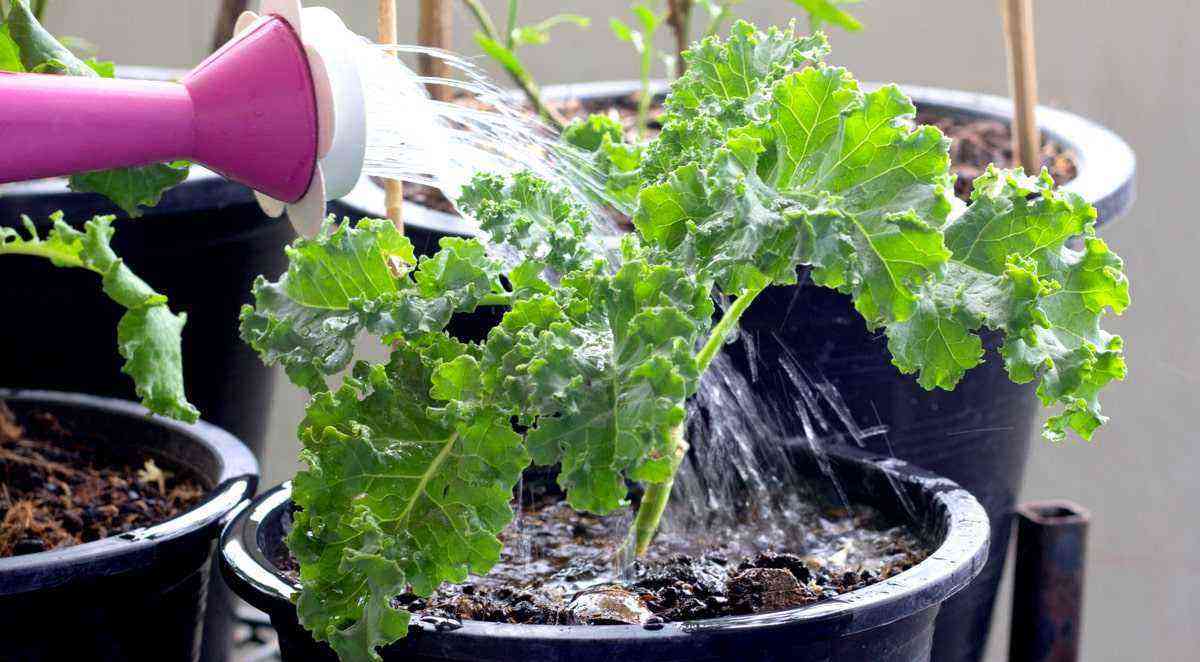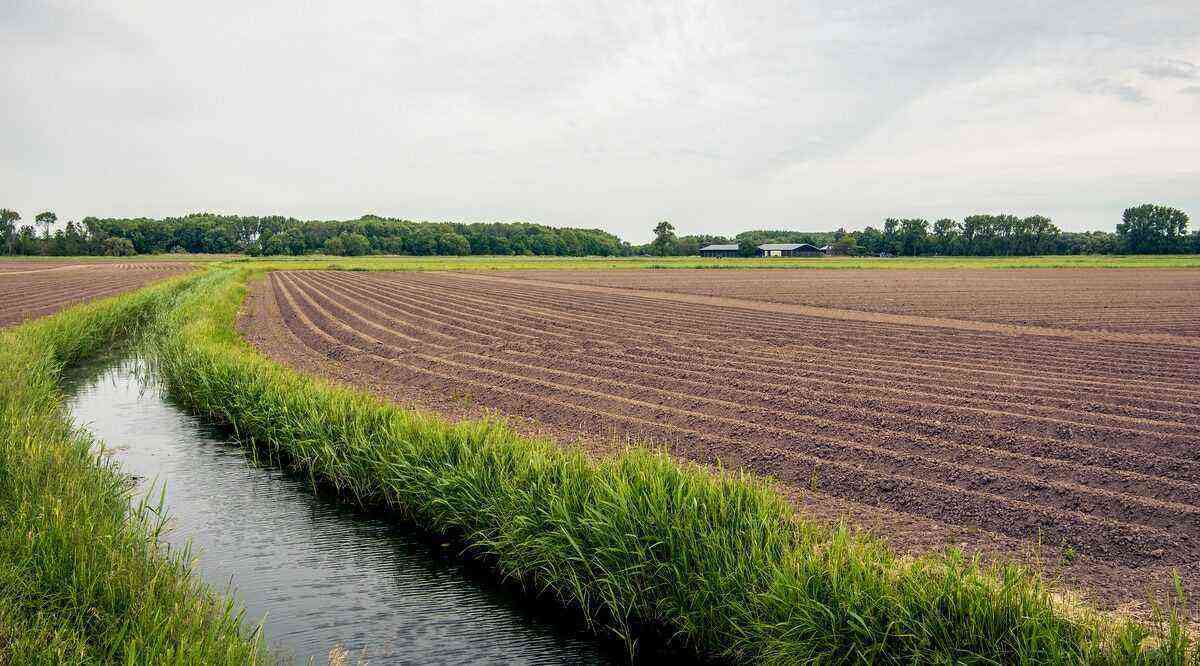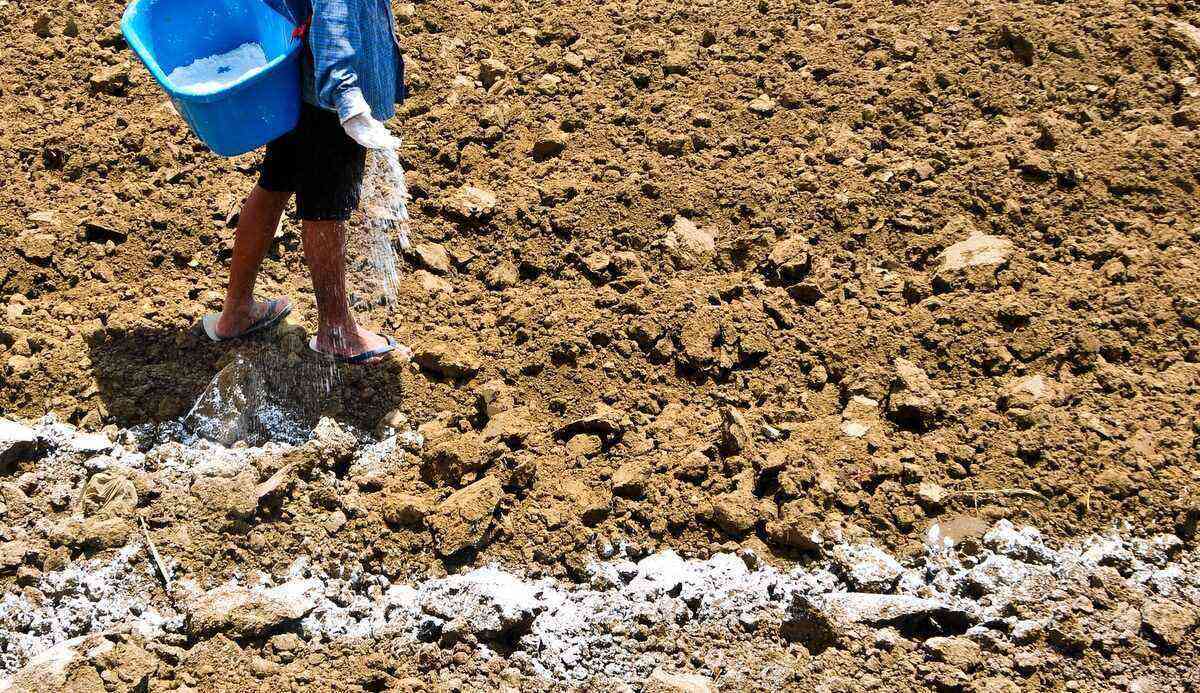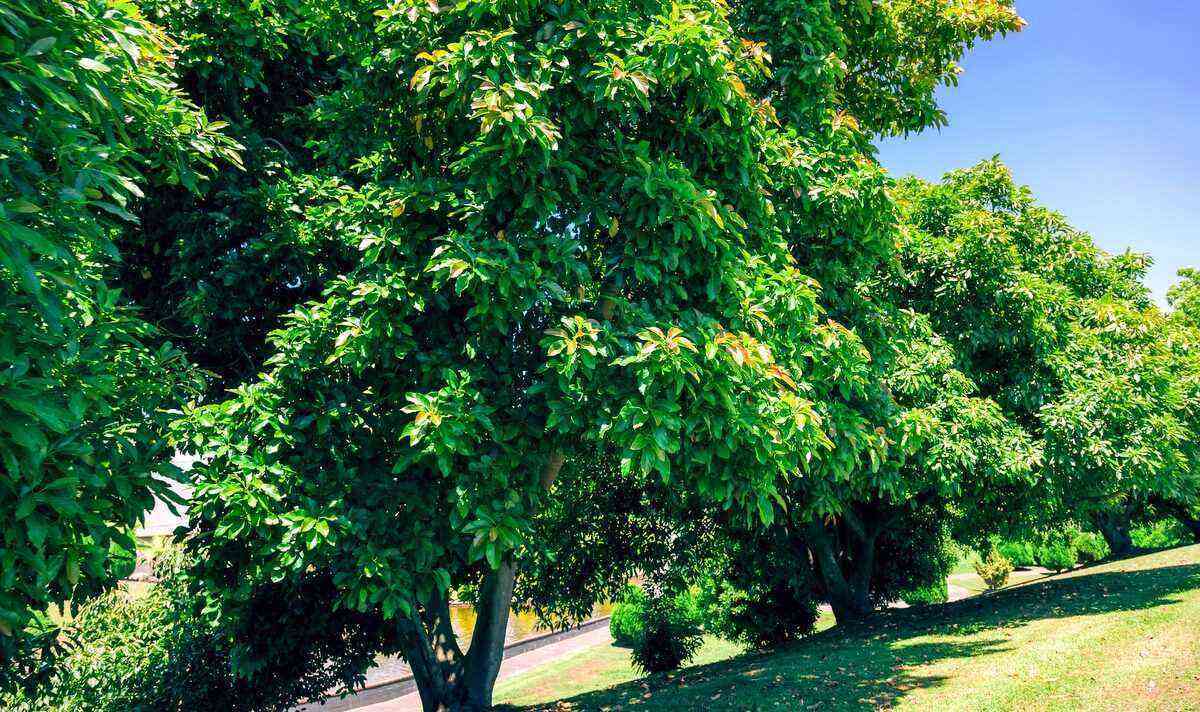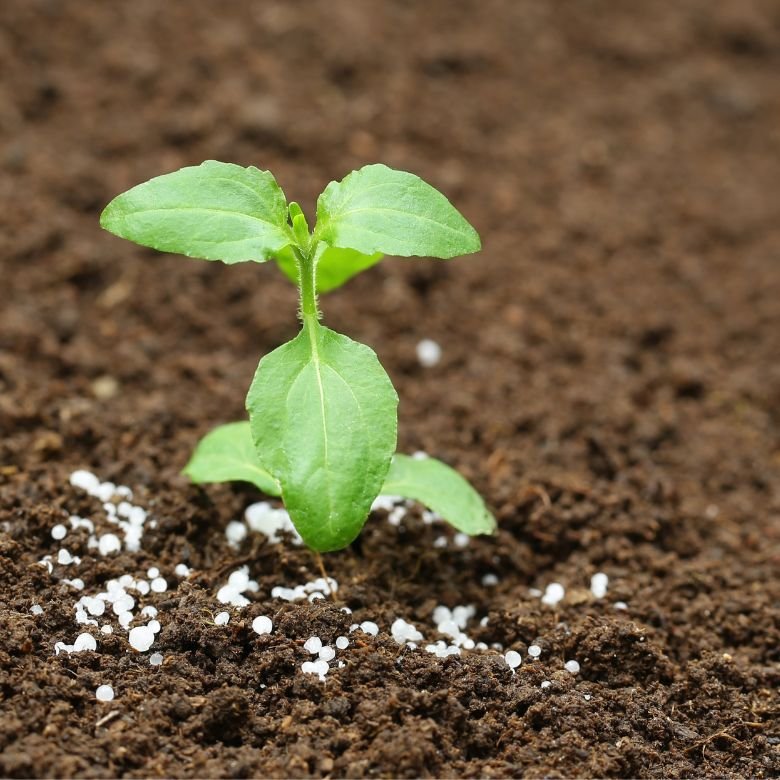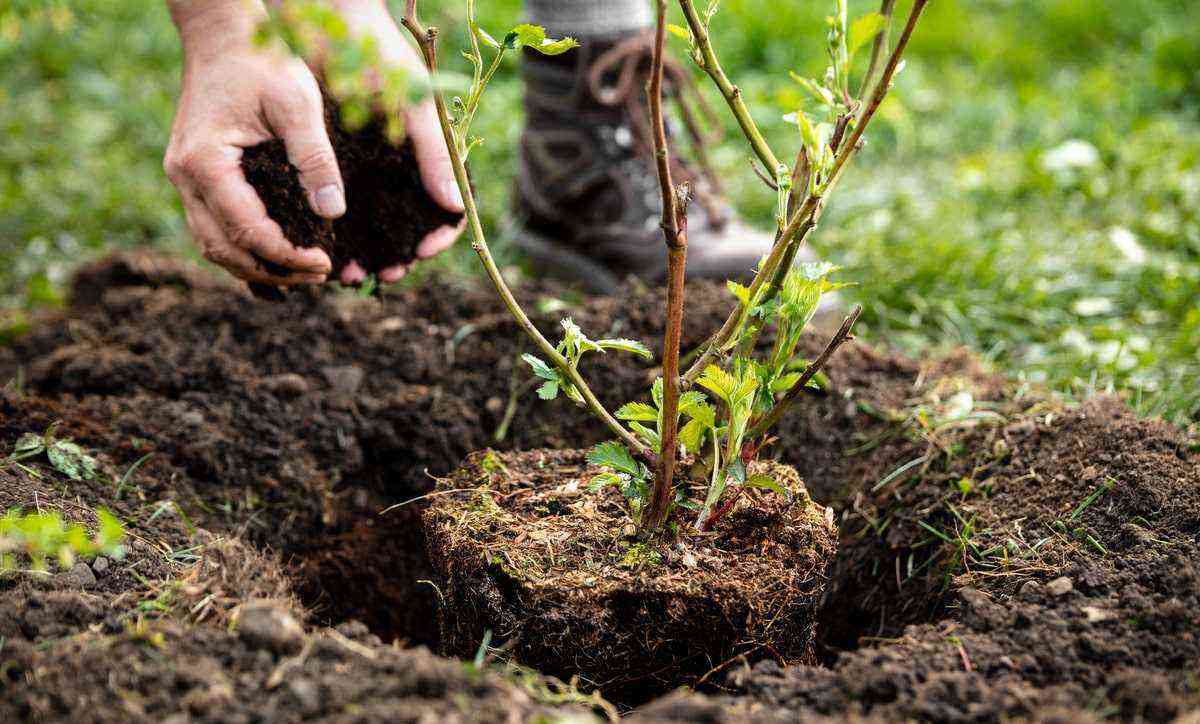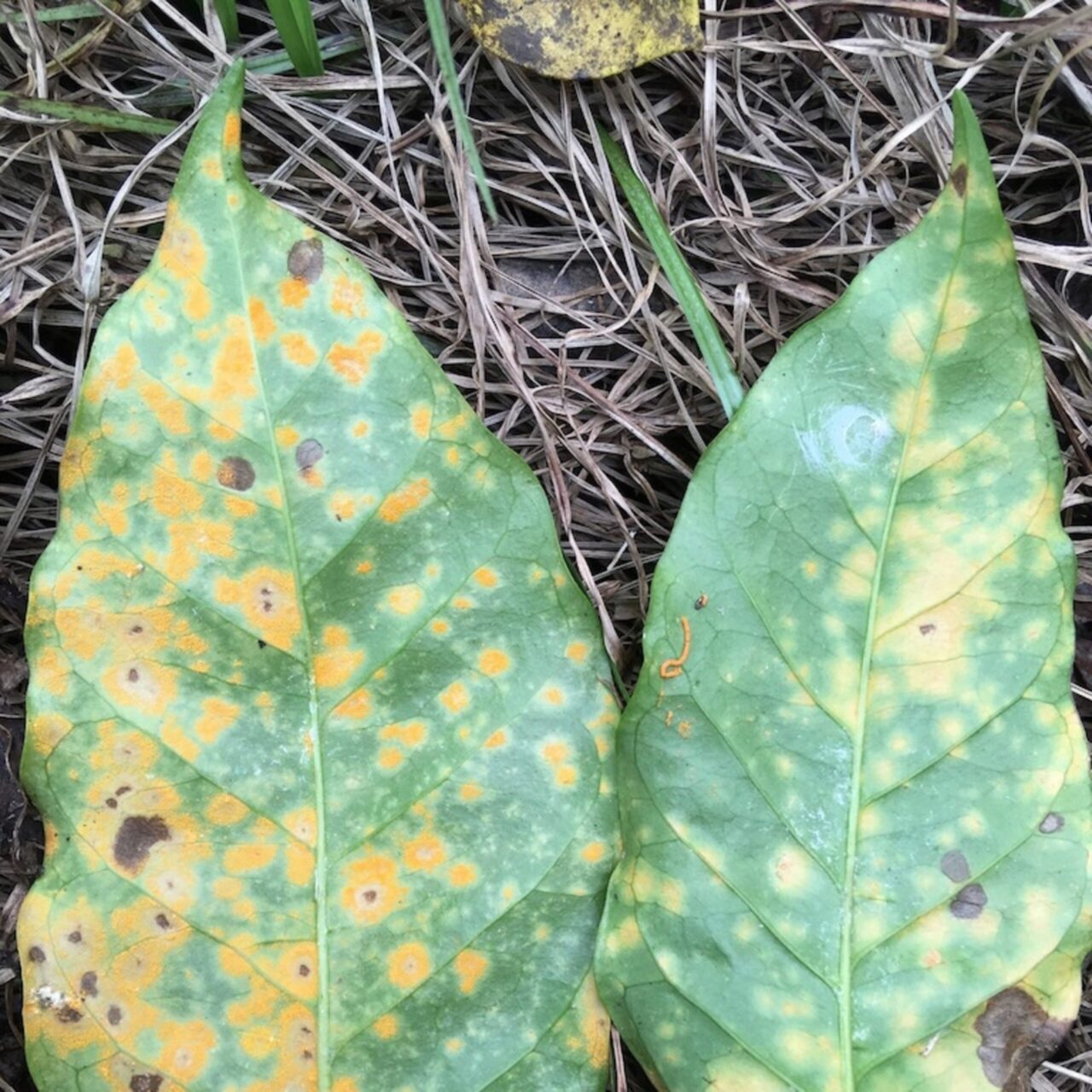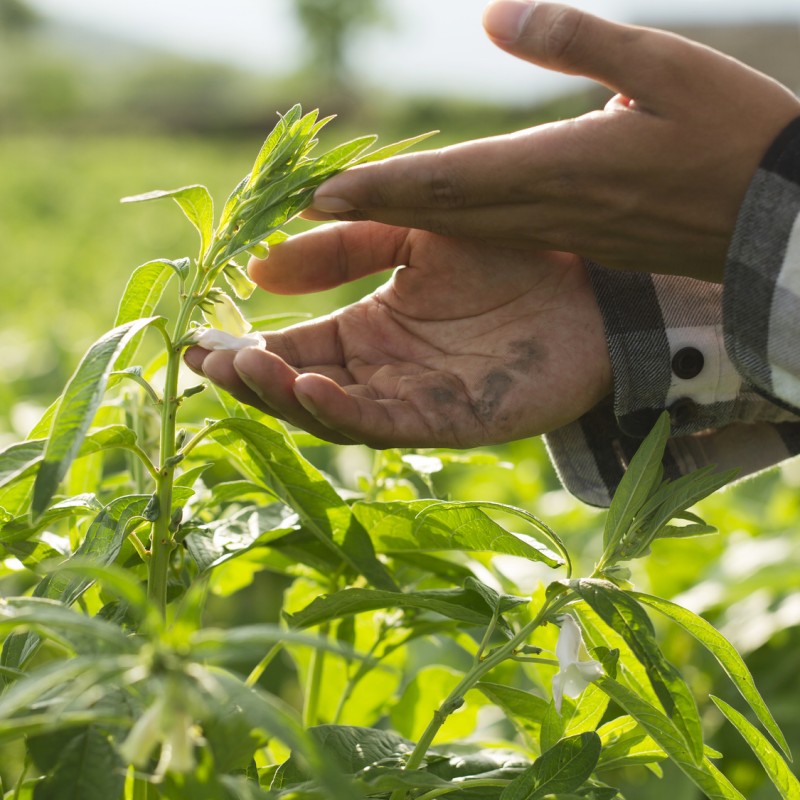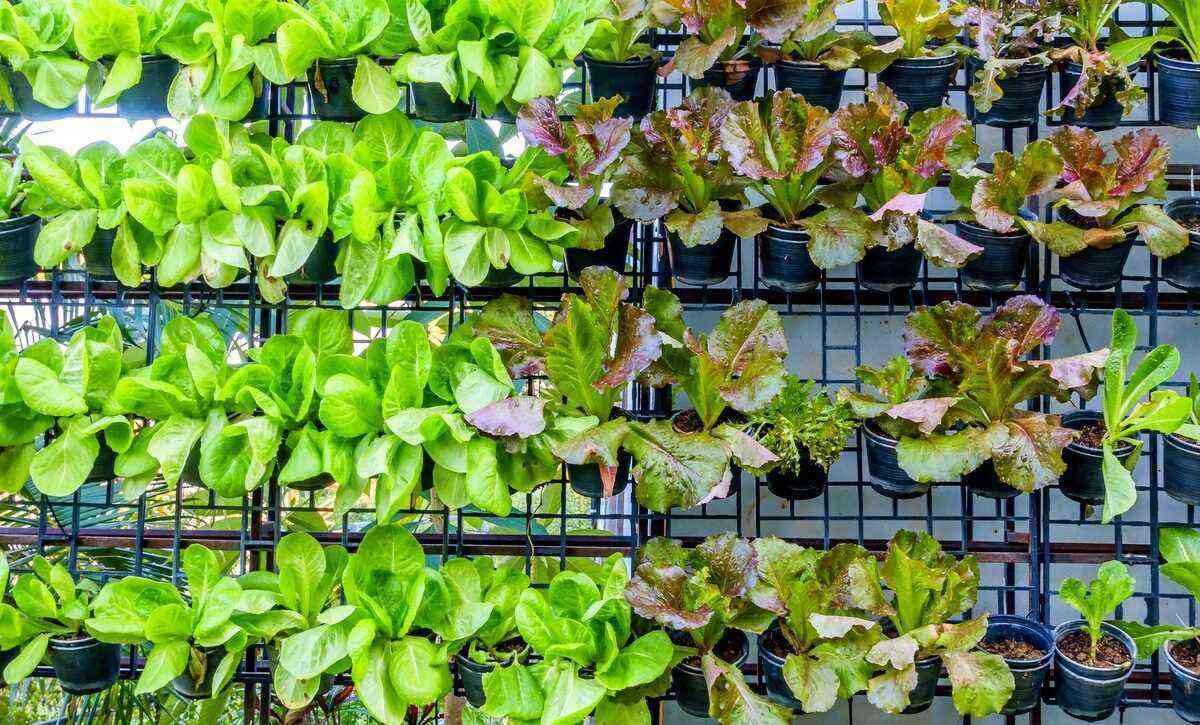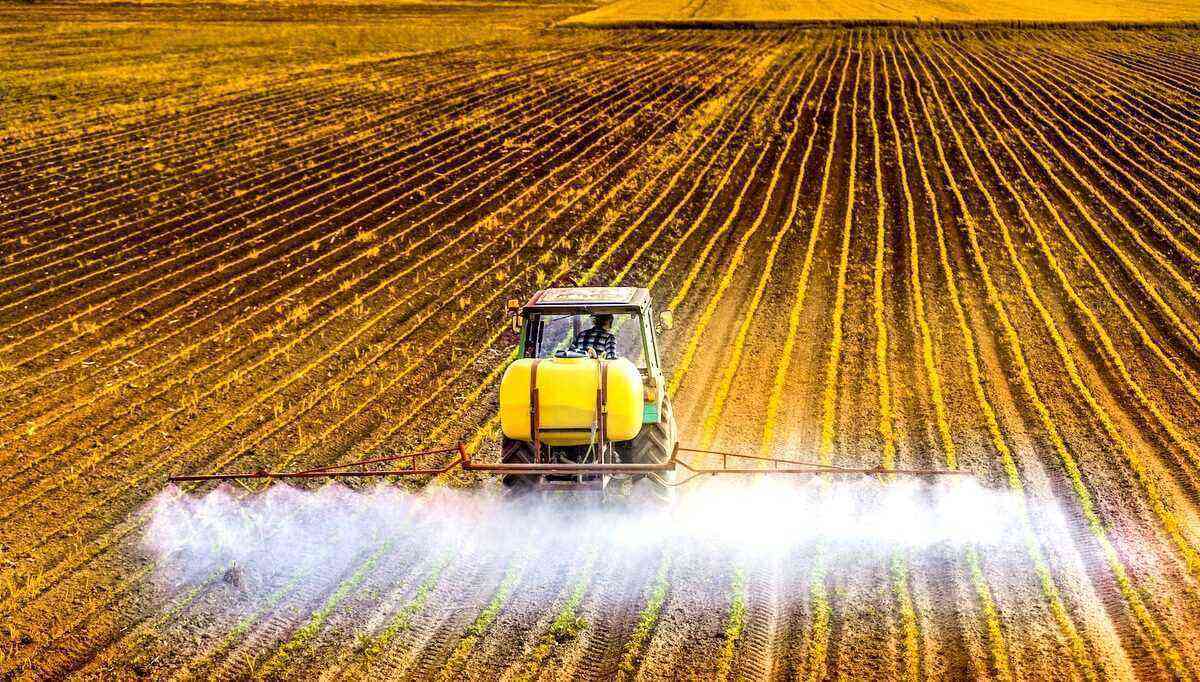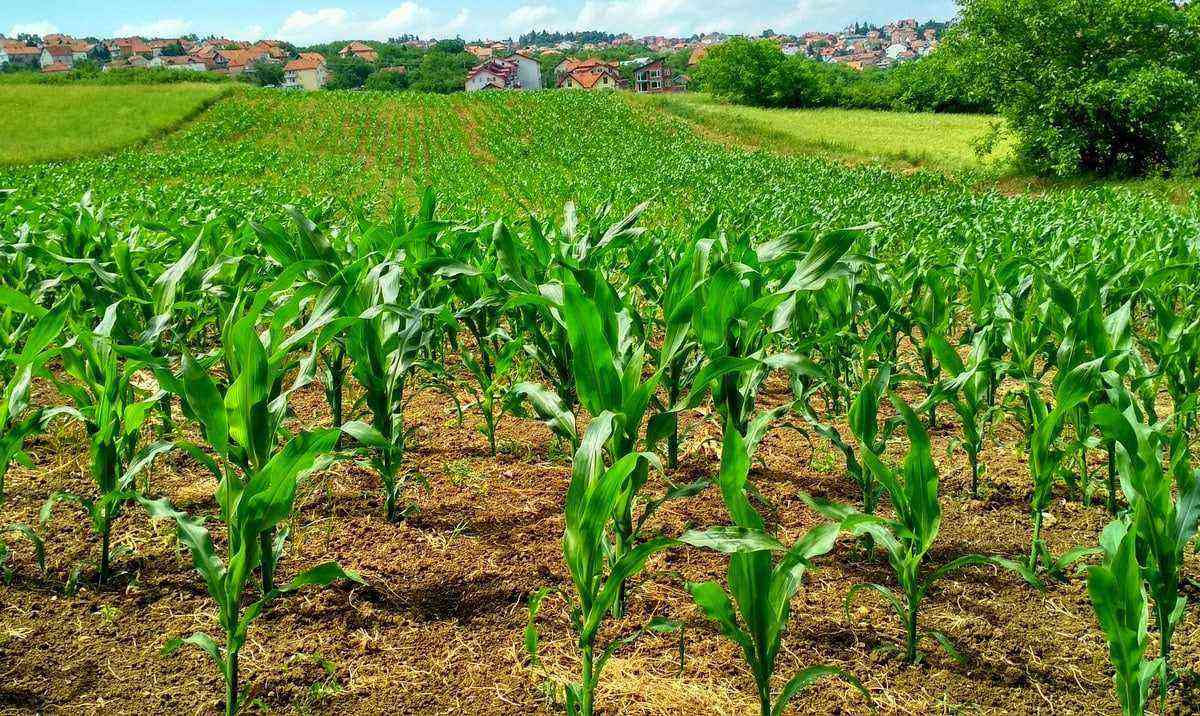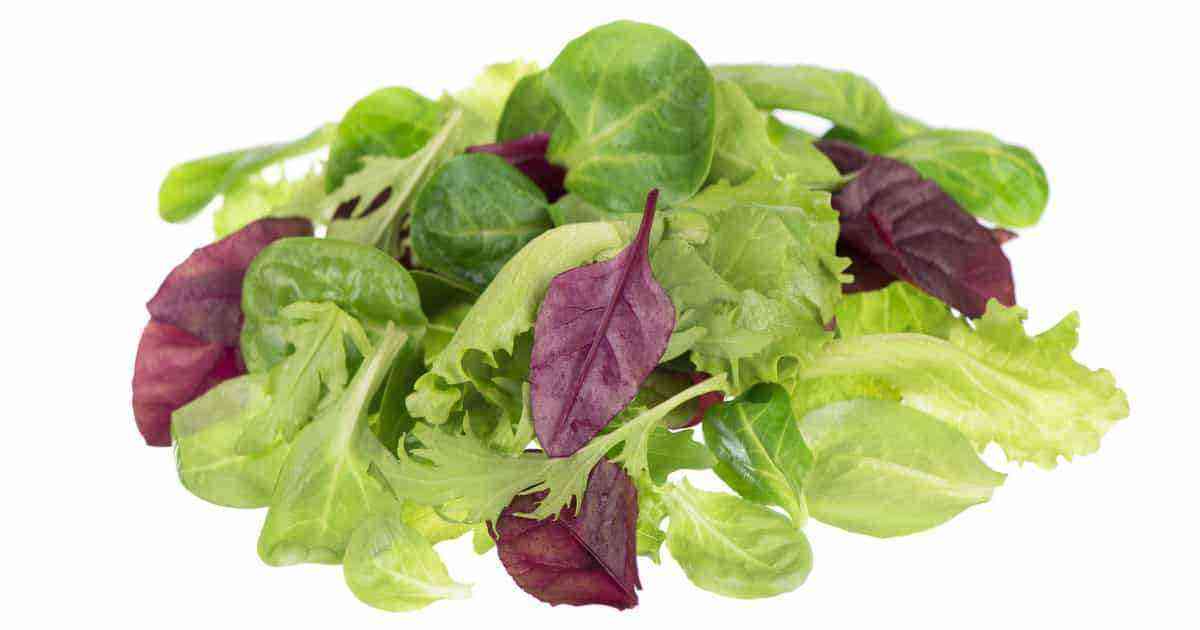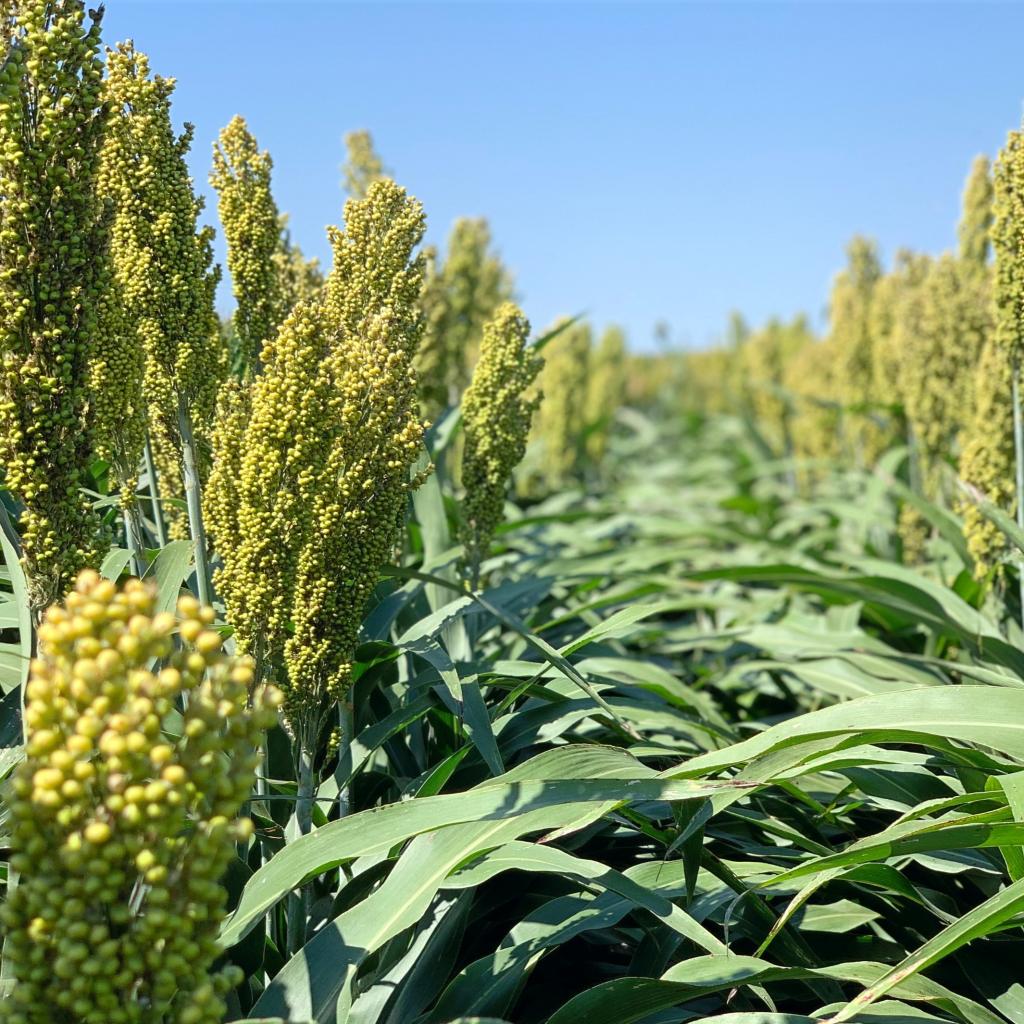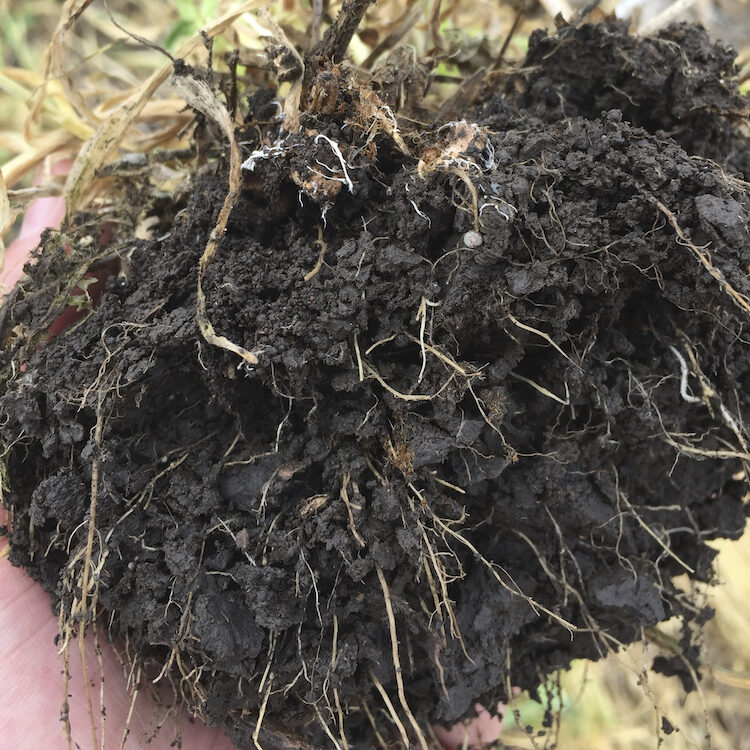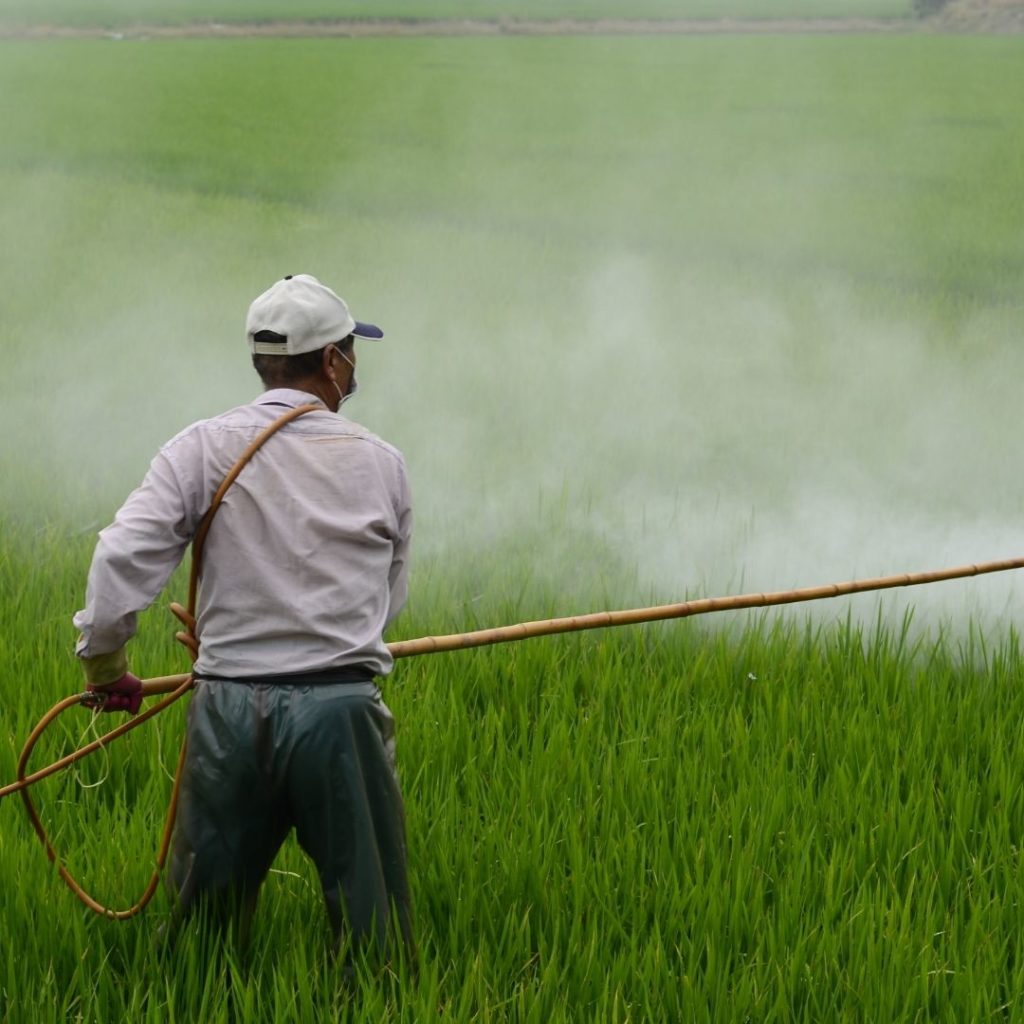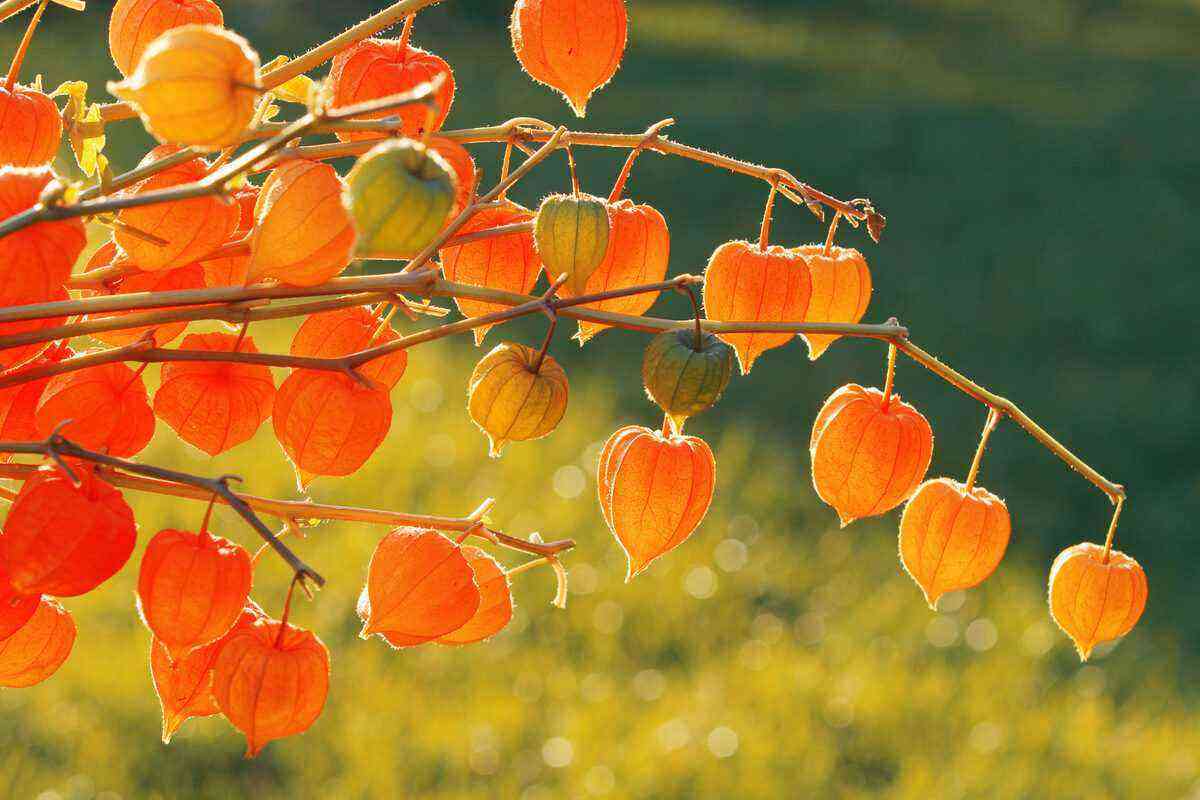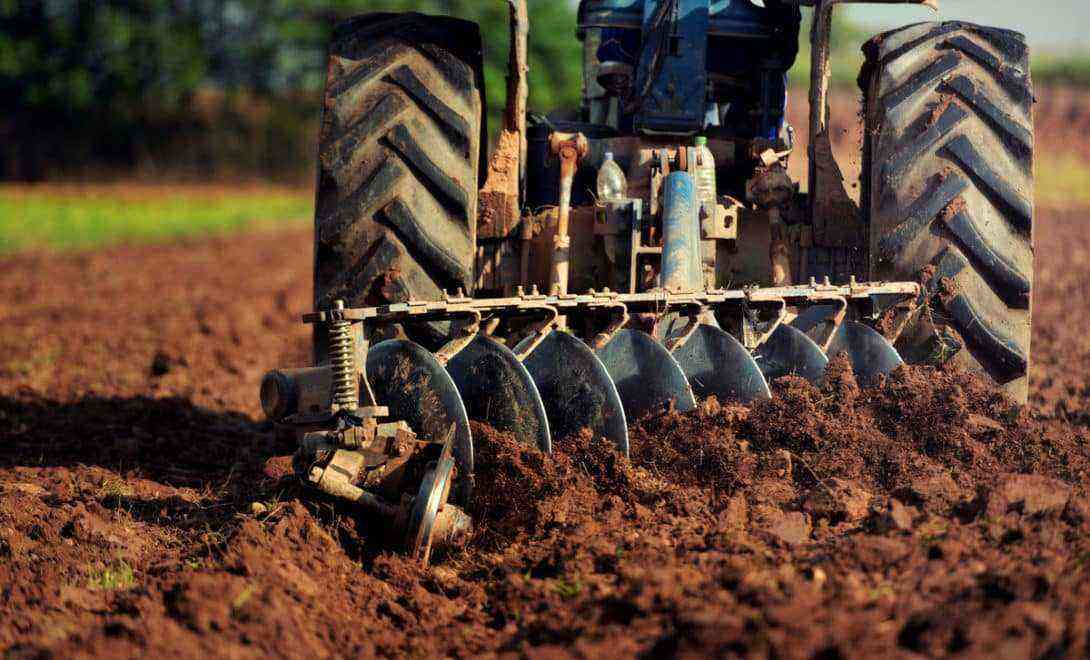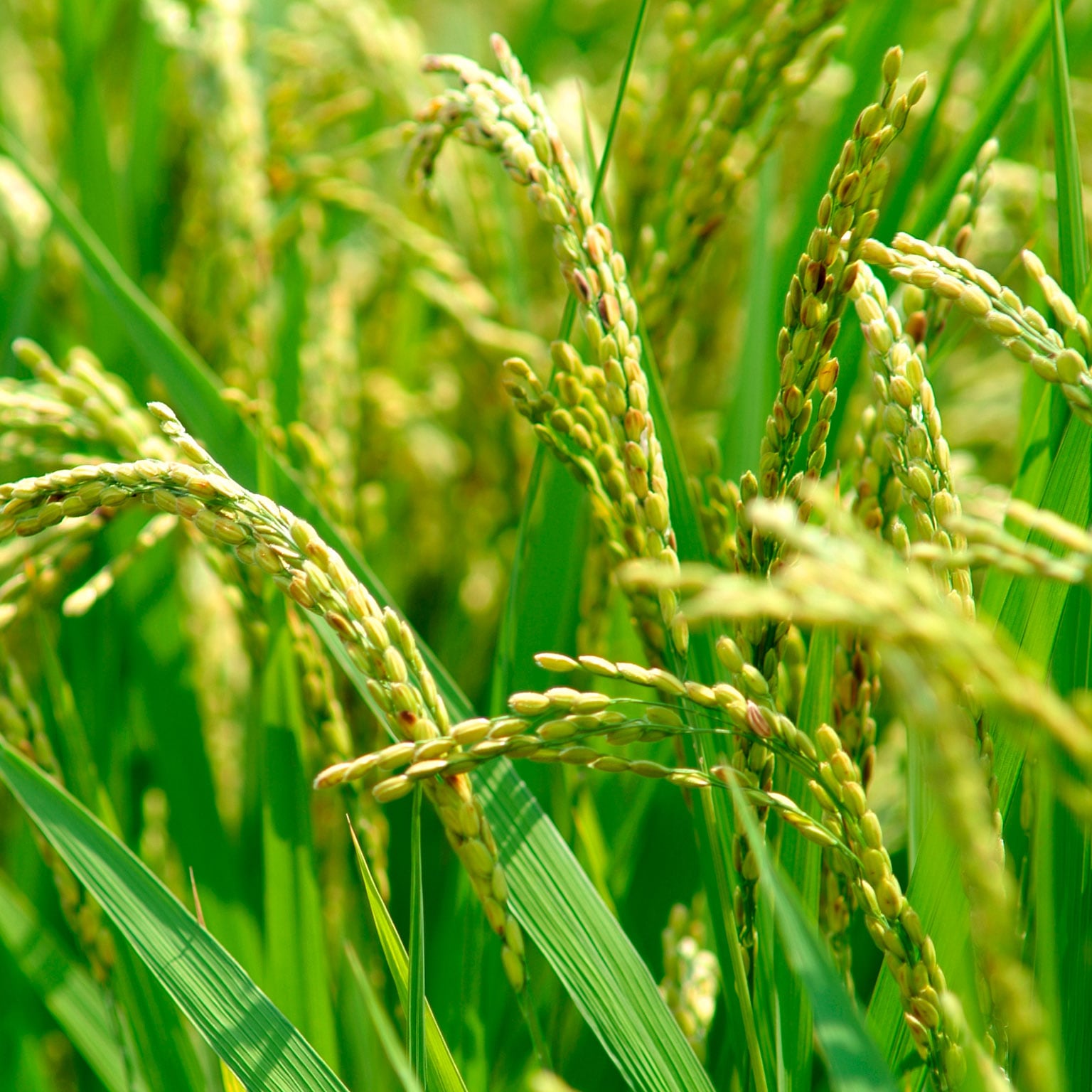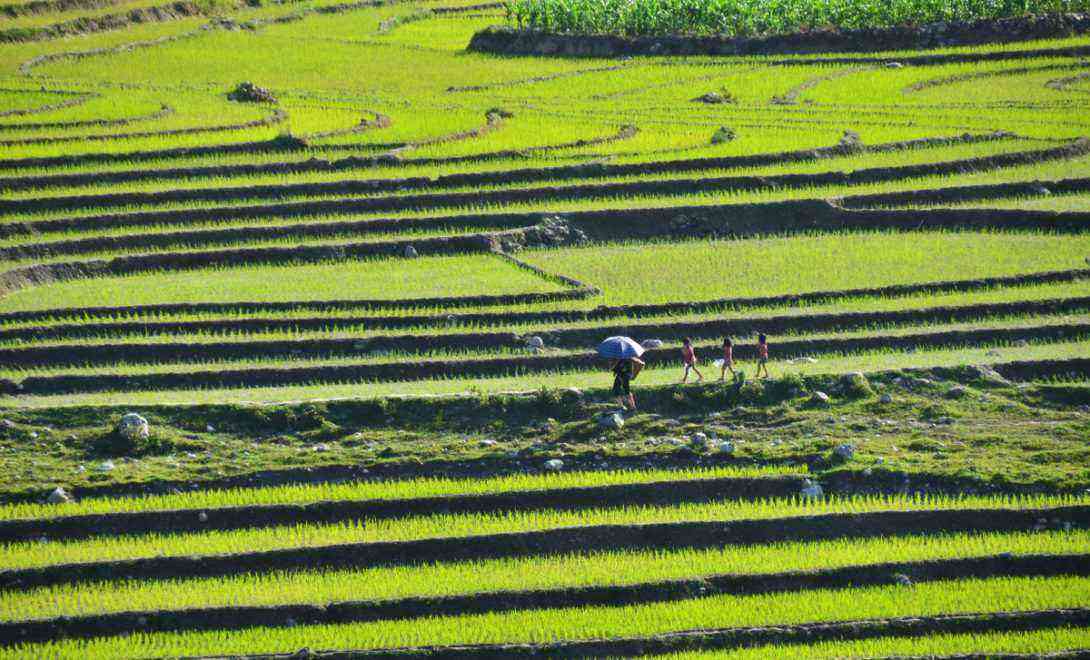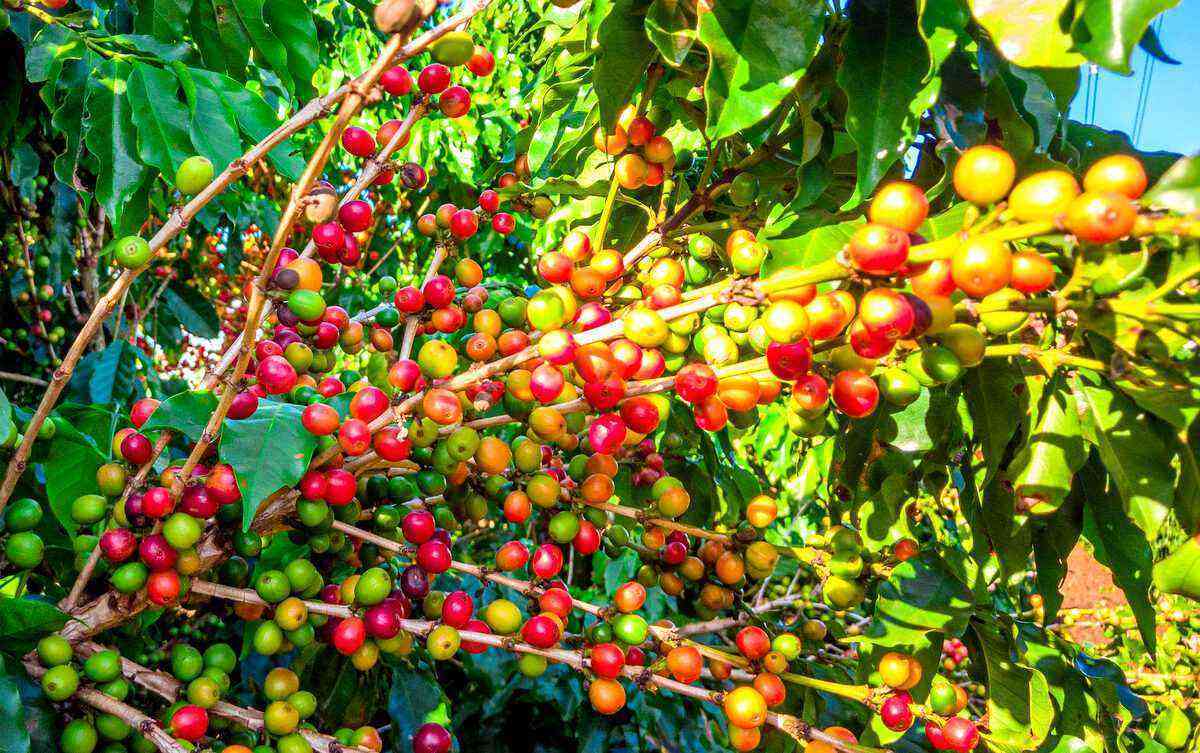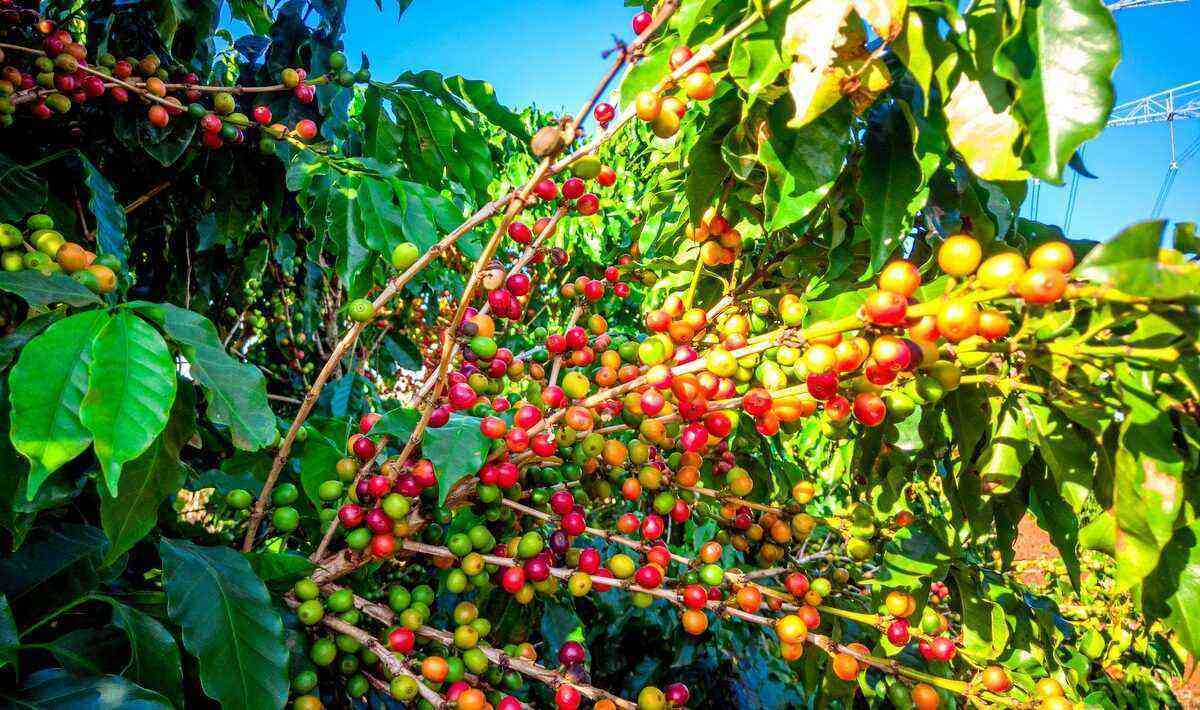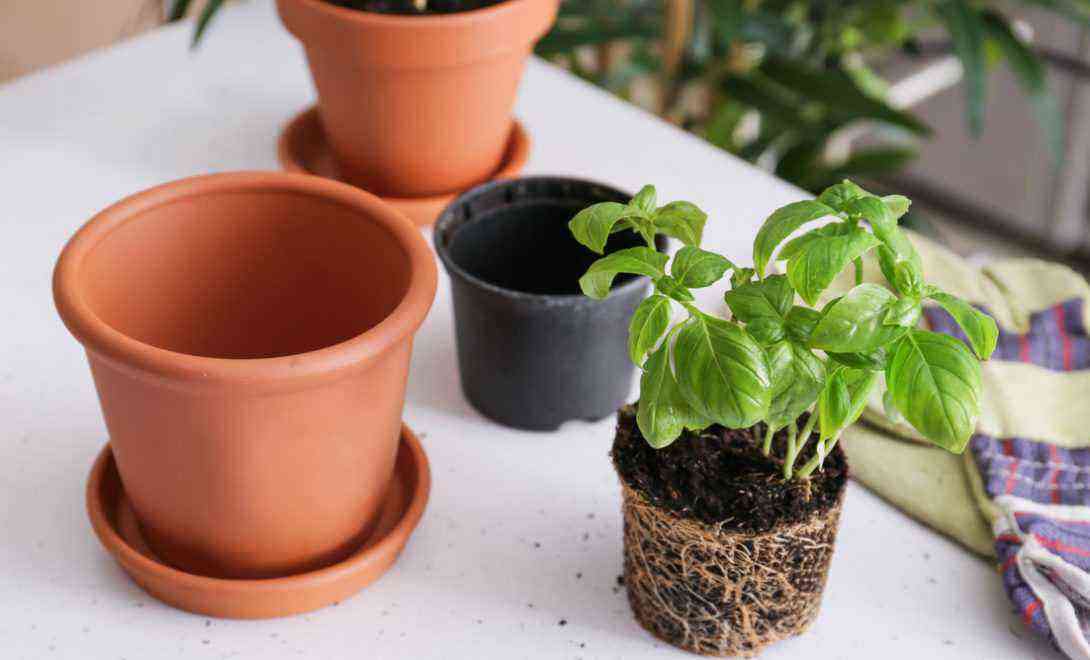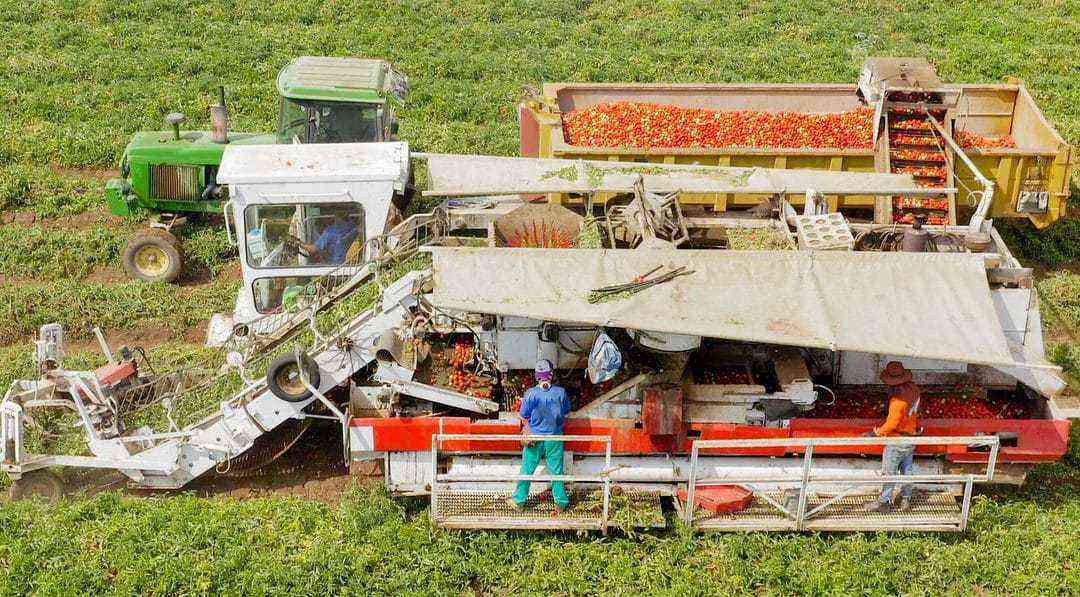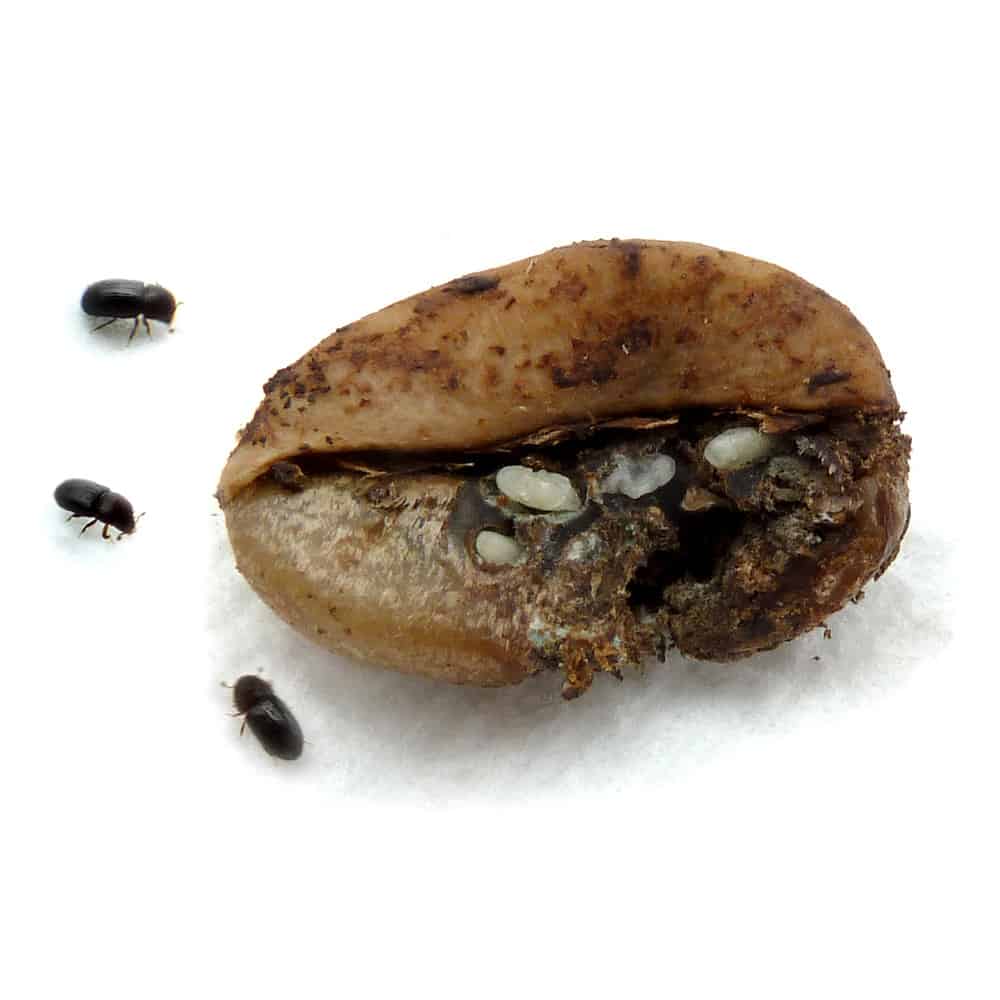Onion is the most used spice vegetable worldwide. In Brazil, together with garlic, it forms the flavor base of almost all dishes. Also, it can be the center of attention in other recipes.
There are several types of onions, and they have numerous health benefits. In this article, we will present all its details: history, morphology, the most consumed types, benefits and main cultivation tips. Enjoy reading!
Origin, history and morphology of onion
The onion originates from Central Asia, more precisely from the region comprised of Afghanistan, Iran and the south of the former Soviet Union. It is estimated that it has been cultivated for over 5 years, and that it was domesticated in the mountainous regions of the Asian continent.
It was one of the first crops introduced to the Americas from Europe. In Brazil, it was brought by the Portuguese, expanding the cultivation with the arrival of immigrants in Rio Grande do Sul and Santa Catarina. Since then, the planting of onions has spread throughout the national territory.
Onion is the popular name of the species Allium cepa and is part of the Liliaceae family (Amaryllidaceae or Alliaceae). Garlic, leek and chives also belong to this family.
Morphologically, the onion is a herbaceous plant, which reaches up to 60 cm in height, has tubular leaves, usually waxy and hollow. The upper part of the leaves is called the blade and the base part is called the sheath.
The outermost leaf sheaths form the onion skins and protect the innermost sheaths, which accumulate reserves, forming the bulb, which is the marketable part, and presents variable shapes and colors according to the cultivar.
Main types of onion
In botany, the onion can, according to its characteristics, belong to three groups: Typsicum, Aggregatum or Proliferum. The most commercially important onions are classified in the first group, which are common onions, which have single and large bulbs.
As for the culinary use, they are also divided into three groups: for storage or cooking of the bulbs, for raw consumption in salads, and for processing.
Here are the most common types of onions:
Yellow
Also called “Onion Pera”, it is the type that leads consumption among Brazilians. It has a slightly more acidic and intense flavor and, therefore, is used mainly braised, in the flavor building of various recipes.
It is the onion that has the largest size and is more rounded, in addition to having a more rigid skin.
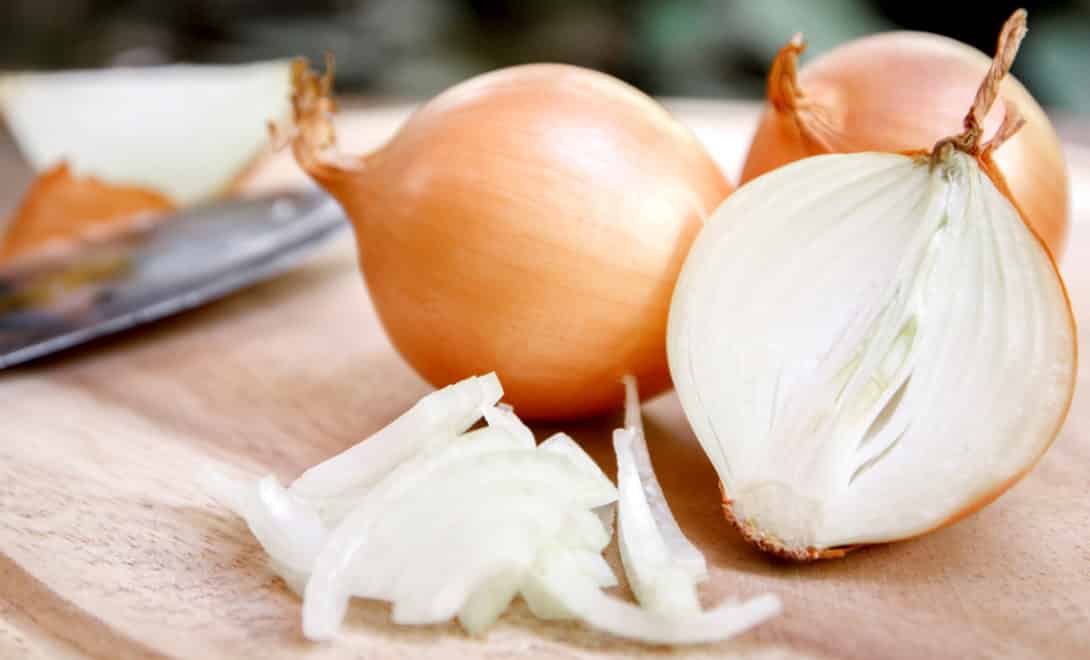
Yellow onion is the most popular in Brazilian territory and has the fewest calories.
White
It has a shape similar to the yellow one. However, its rind is white and its flavor is milder, in addition to being crunchier.
Unfortunately, it has some disadvantages such as greater difficulty in finding to buy, higher price and lower durability.
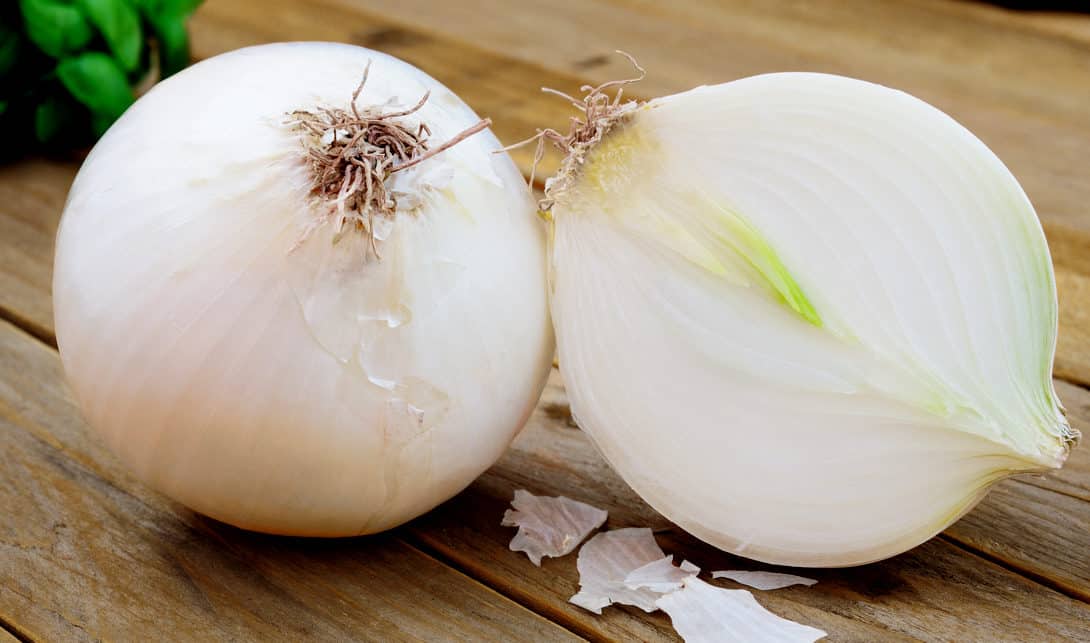
In addition to consumption in natura, onions can be processed to produce soups, sauces, seasonings, sausages and even animal feed.
Shallot
This onion – widely used in French cuisine in the preparation of classic sauces, due to its mild flavor and easy to break down – is less widespread in Brazil. Its flavor is reminiscent of pearl onion. However, it has a more elongated shape.
It is easy to grow and its high selling price attracts growers. In Brazil, the Northeast region is the largest producer of this type of onion.
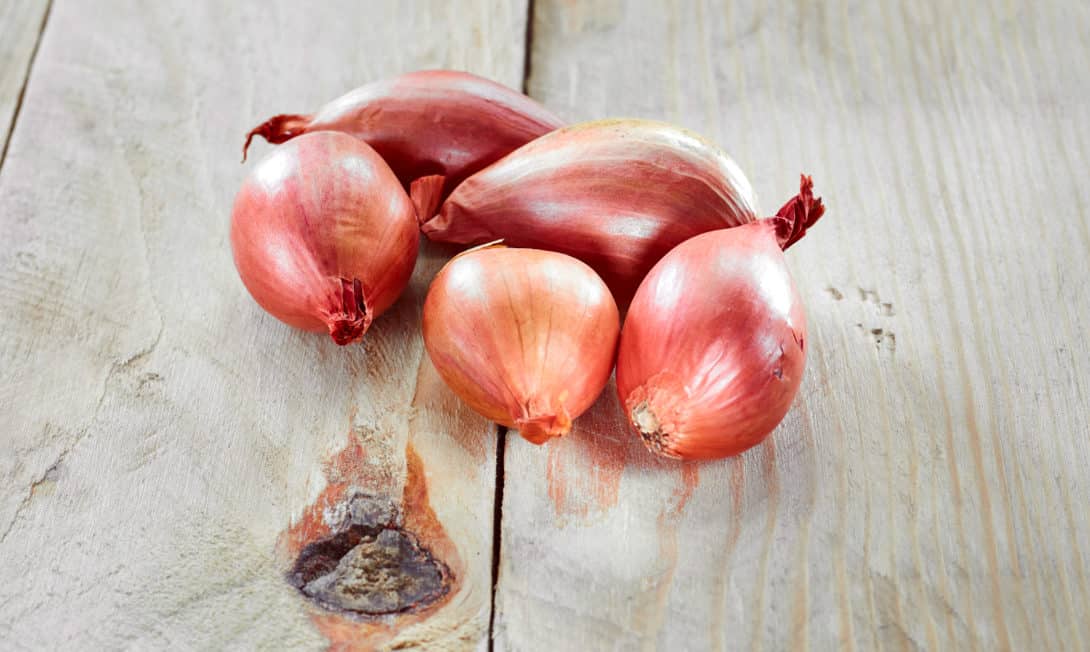
Shallot, also called échalote in France, where it is widely consumed, has a flavor similar to garlic, but milder and sweeter.
Pearl
With a sweet and delicate flavor, this onion stands out for its small size, which makes it ideal for consumption as an aperitif in preserves, or to be used whole in roasts and stews.
It is advisable to leave it soaking in hot water for a few minutes, to facilitate the removal of the shell.
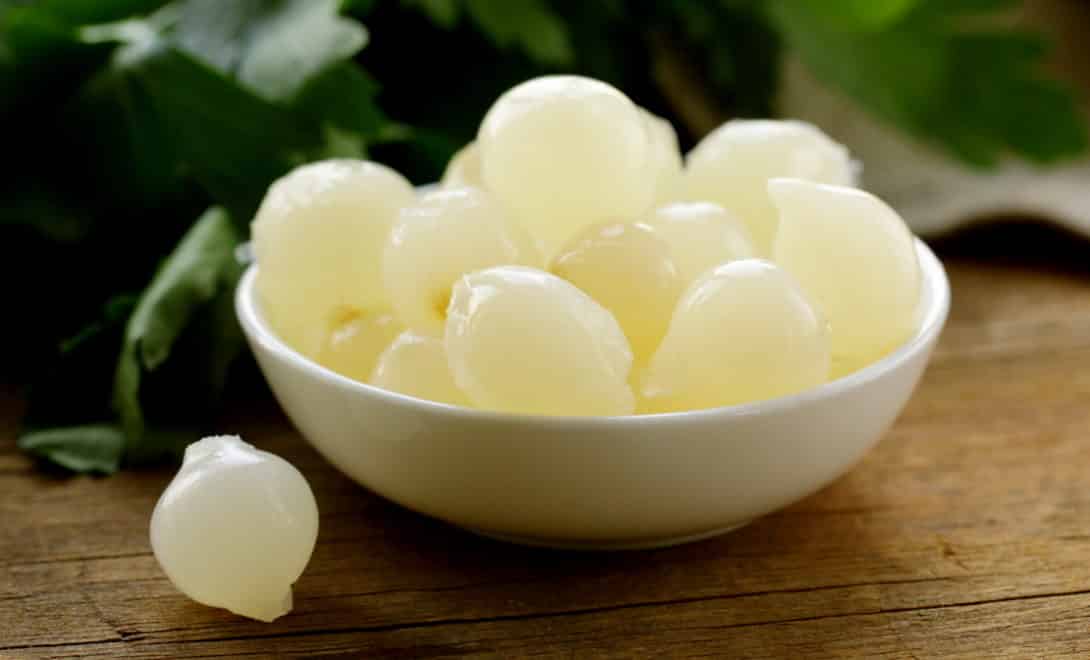
In addition to its flavor, this type of onion adds elegance to the dish due to its delicate appearance.
Roxa
Red onion is one of the most used to consume raw, whether in salads, snacks, or recipes like ceviche and guacamole.
It has an intermediate heat and sweetness between the yellow onion and the sweeter types. When cooked, it tends to lose its characteristic coloring, but remains pleasant.

Red onion contains anthocyanins, which have antioxidant action.
Vidalia
Also known as “Sweet Onion”. Like the yellow one, it has the same color shell, but has a more flattened shape.
With its sweet flavor, it is mainly indicated for frying, being the type of onion used to make the famous onion rings.
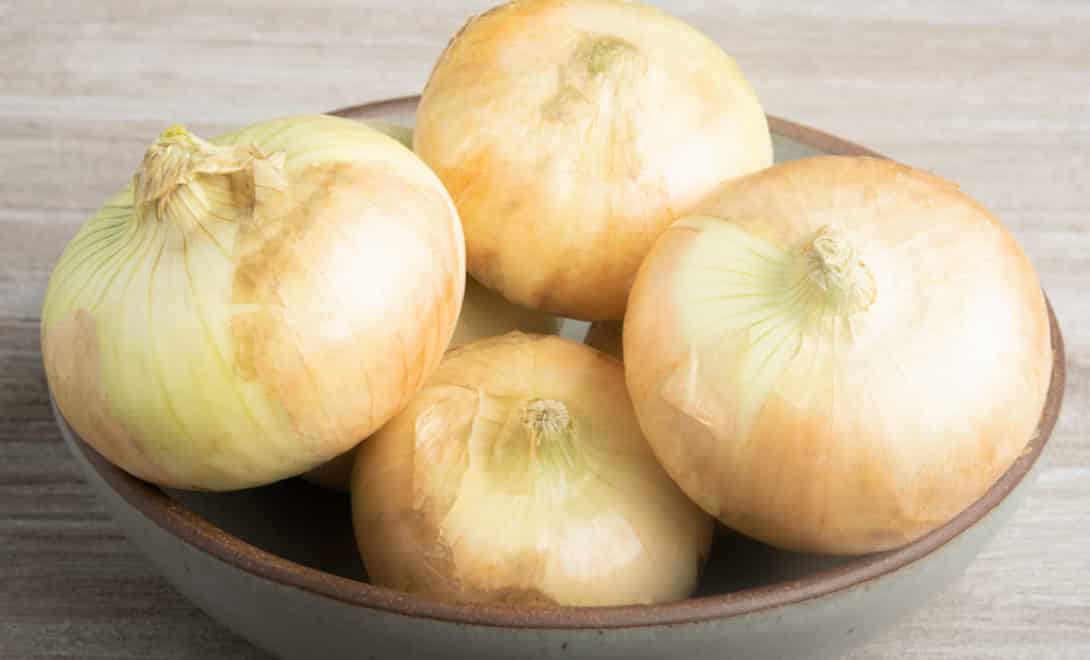
This type of onion comes from the United States, more precisely from the State of Georgia.
onion benefits
Having a diet based on the consumption of vegetables, vegetables and fruits is the basis for maintaining good health. In this sense, onions are great allies, as they present a series of substances that can be beneficial to our body.
One of the main compounds in onion is quercetin. It is a flavonoid, therefore, it has antioxidant action. It helps to control bad cholesterol, prevent inflammation, fight hypertension and reduce the formation of clots, improving blood circulation, which contributes to heart health.
In addition, it helps prevent the appearance of tumors, improves immunity and metabolism, accelerating fat burning. But beware: cooking the onion reduces the amount of antioxidants, so it is important to consume it raw from time to time.
When crushed, the onion releases a substance called allicin. It has antibacterial, antiviral and antifungal action, which helps keep colds, flu and infections away. In addition, it acts against tumor cells.
Onions are also rich in soluble fiber, called frutanos. They are prebiotic fibers, that is, they serve as food for beneficial bacteria for our body.
Consumption can improve colon health, reducing inflammation and the risk of cancer. However, some people cannot digest these fibers, which can cause unpleasant symptoms.
Another substance contained in onions is glucoquinina. It helps in blood sugar regulation and insulin control, and can be an ally for diabetics. It is also released upon grinding, as is allicin.
It’s not over yet: onions contain Vitamin B9, Vitamin C, potassium, sulfur, calcium e thiosulfinates, which help with metabolism, the immune system, lowering blood pressure, protecting against cancer, increasing bone density, and inhibiting the growth of harmful microorganisms, respectively.
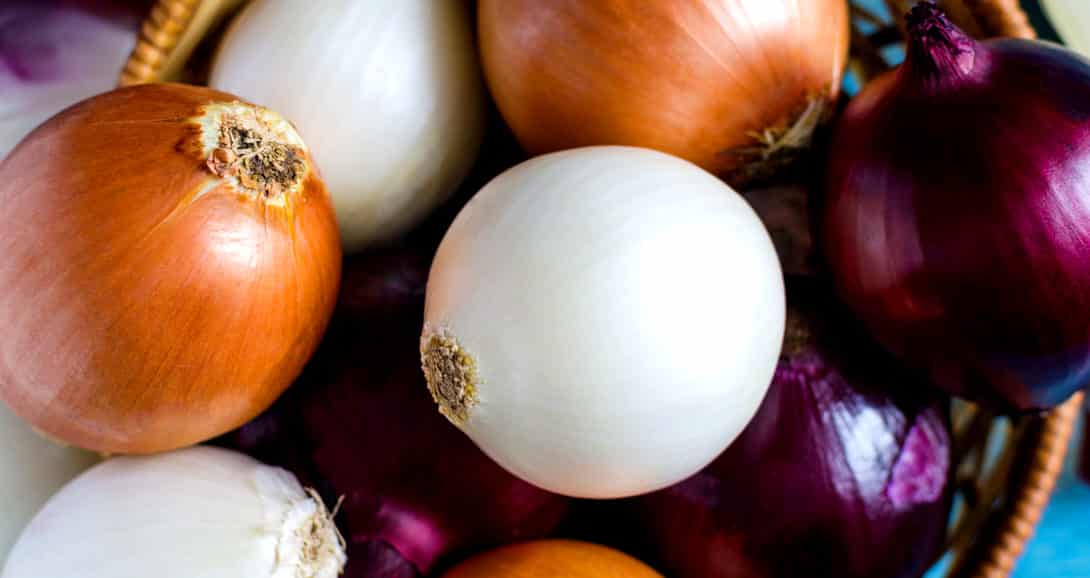
Regularly including onions in your diet has a number of health benefits.
how to plant onion
Onion production is directly influenced by climatic conditions. This is because bulbing (the process in which the inner leaf sheaths begin to “swell” and form the onion layers) is temperature and photoperiod dependent.
Short days make the leaves develop more and prevent bulb formation, while long days favor bulbing and inhibit leaf growth.
As for the temperature, the low ones help in the development of leaves and can induce flowering. High temperatures help to form the bulb more quickly and accelerate maturation, which is also harmful as it results in smaller onions.
Because of these factors, it is very important to know the cultivars that will be planted and to know if they are adapted to your region and when is the ideal time to establish the cultivation.
planting seasons
The planting time must be defined considering the environmental conditions of the place of cultivation and the physiological requirements of the cultivar to be planted. That is, it needs to be at the time when the daily amount of light meets the minimum needs of the plant for bulbing to occur.
In general, in the South region, sowing is carried out between April and June. In the Southeast region, from February to May. In the Northeast region, sowing can be carried out from January to December, staggering production to have supply in different periods.
I prepare do alone
Onion cultivation requires deep, well-drained and sandy soils, as clayey soils impair bulb development. It develops well in soils with a pH of 6 to 6,5, and liming is indicated if the pH value is lower.
Plowing should be carried out at a depth of 20 to 25 cm, and harrowing should be done immediately before raising the beds to plant the seedlings. If the soil is heavily compacted, subsoiling may be necessary.
If the planting site is well-drained, it is possible to carry out it at ground level. In terms of fertilization, vegetables tend to respond very well to organic fertilizers, which increase productivity and product quality.
cultivation systems
Onions can be produced from seedlings or by direct seeding system. Next, we’ll talk a little about each method.
seedling transplant
The place where the seedlings will be produced must be well drained, with good sunlight and close to the area of definitive planting.
Sowing is done with approximately 8 to 10 g of seed per m², in furrows 10 cm apart and 1 cm deep. Transplanting should be carried out when the seedlings are 35 to 40 days old and have 2 or 3 leaves.
direct seeding
This production system requires precision machinery and good weed control, as onions have low competition power. If you want to know more details about it, visit our post on how to perform direct seeding in onion production.
Irrigation
Onions are very sensitive to lack of water, while excess water can cause even greater damage. The irrigation methods that can be used are surface, sprinkler and localized.
The need for water increases proportionally to the growth of the plant, with the bulbing stage (about 70 days after planting) being the most demanding, with a great risk of compromising productivity.
Irrigation should be stopped when the bulbs reach their maximum development, which can be 2 to 3 weeks before harvest, depending on the cultivar.
One technique to help determine when to stop irrigation is by squeezing the pseudostem (popularly called the neck) of the plants. If 50% of the plants are soft-necked, it’s time to stop the water supply.
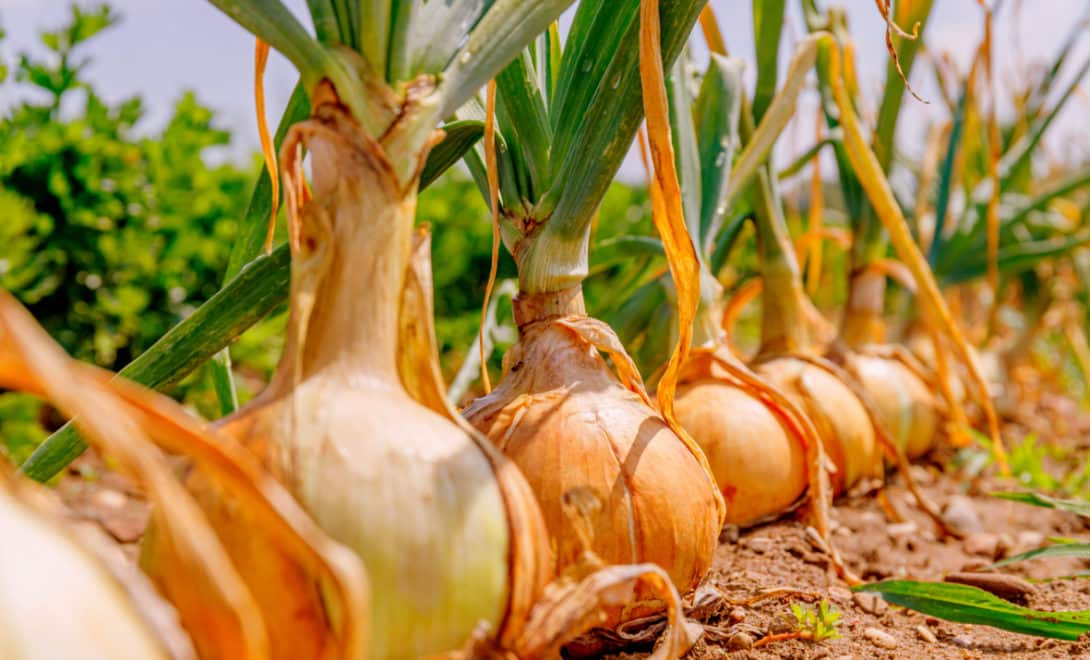
Brazil produces about 1,5 million tons of onions per harvest (2018 data). Most of the production comes from the southern region, mainly from the state of Santa Catarina.
Harvest and post-harvest
When the pseudostem thins and the leaves wither, fall, yellow and dry, it means that the bulb has matured and the plant’s vegetative cycle is over. If 60% of the plants are at this stage, the harvest can begin.
Onion is a highly perishable vegetable, that is, it spoils quickly. This is because post-harvest diseases, sprouting, rooting and loss of mass can occur, resulting from dehydration and bulb respiration.
To increase the shelf life, onion curing is carried out, which consists of drying the bulbs after harvesting.
Curing can be natural, where the bulbs are lined up on the ground, with the leaves protecting them from direct sunlight, preventing burns and the development of green pigments. However, this method can expose the bulbs to high humidity and rain, causing fungi and bacteria.
It can also be artificial, with forced circulation of natural air or heated air, from 25 to 48 ºC, or even using infrared or vacuum, which can make the process very expensive, making it viable only in the case of a very large harvest.
Now, if you are not a rural producer, or do not have a large space and want to plant onions for your own consumption, check out our post on how to plant onions in pots!
Tips for cutting onions without crying
Now that you already know everything about the onion, its origin, history, its types and benefits and also learned how to plant, the question remains: why does it make our eyes burn? And, above all, how to avoid this?
When the onion is growing in the soil, it absorbs sulfur, which turns into sulfuric oxide. When it is cut, enzymes called allinases are released and come into contact with sulfuric oxide, which results in the production of sulfinic acid.
It is very unstable and quickly converts to a gas, syn-propanethiol-S-oxide. It is he who, being extremely volatile, quickly comes into contact with our eyes and makes us cry.
But then, how do you keep it from burning? Check out some tricks:
- Keep a fan by your side to keep away the acid that causes tears.
- Place a pot of hot water next to the cutting board. Heat attracts enzymes and protects your eyes;
- Place the onion in the freezer for 15 minutes and use a very sharp knife. This helps to release less enzymes.
Did you like the article? Take the opportunity to also check out our post on how to make a vegetable garden at home!
